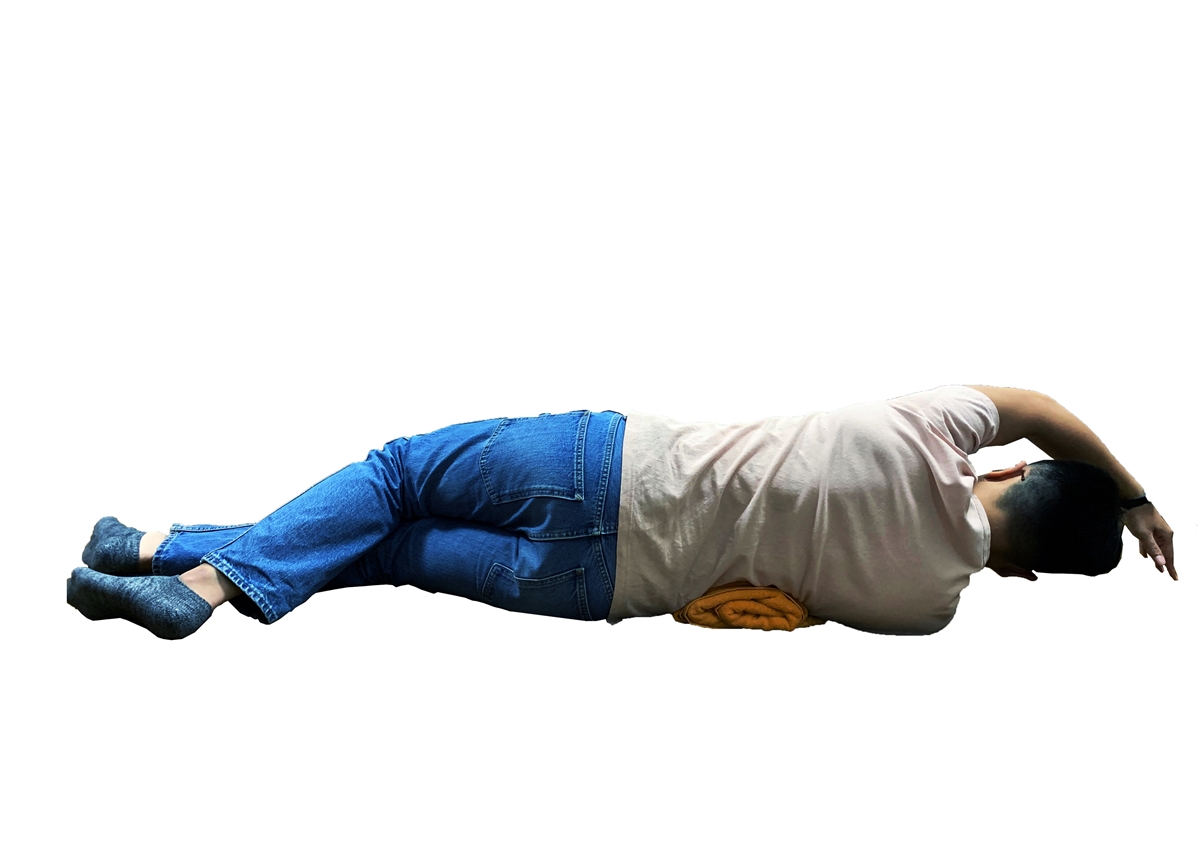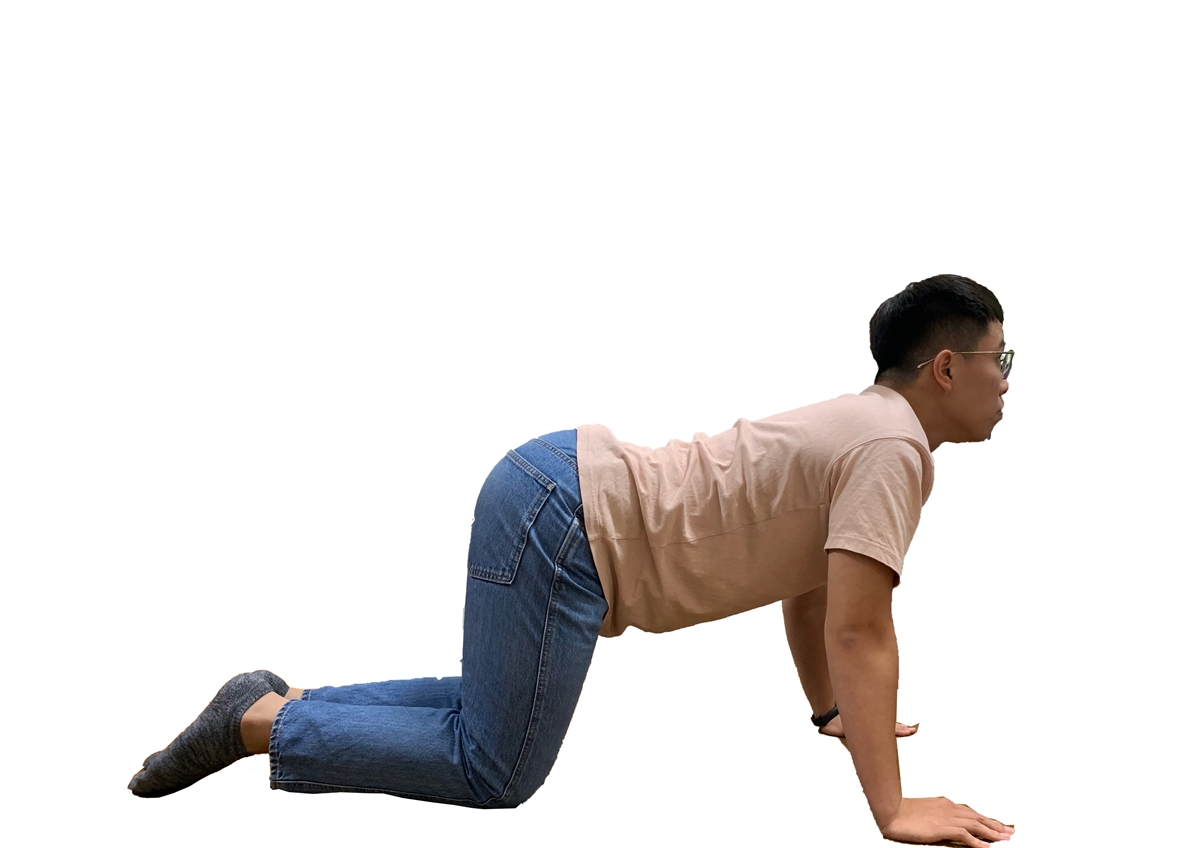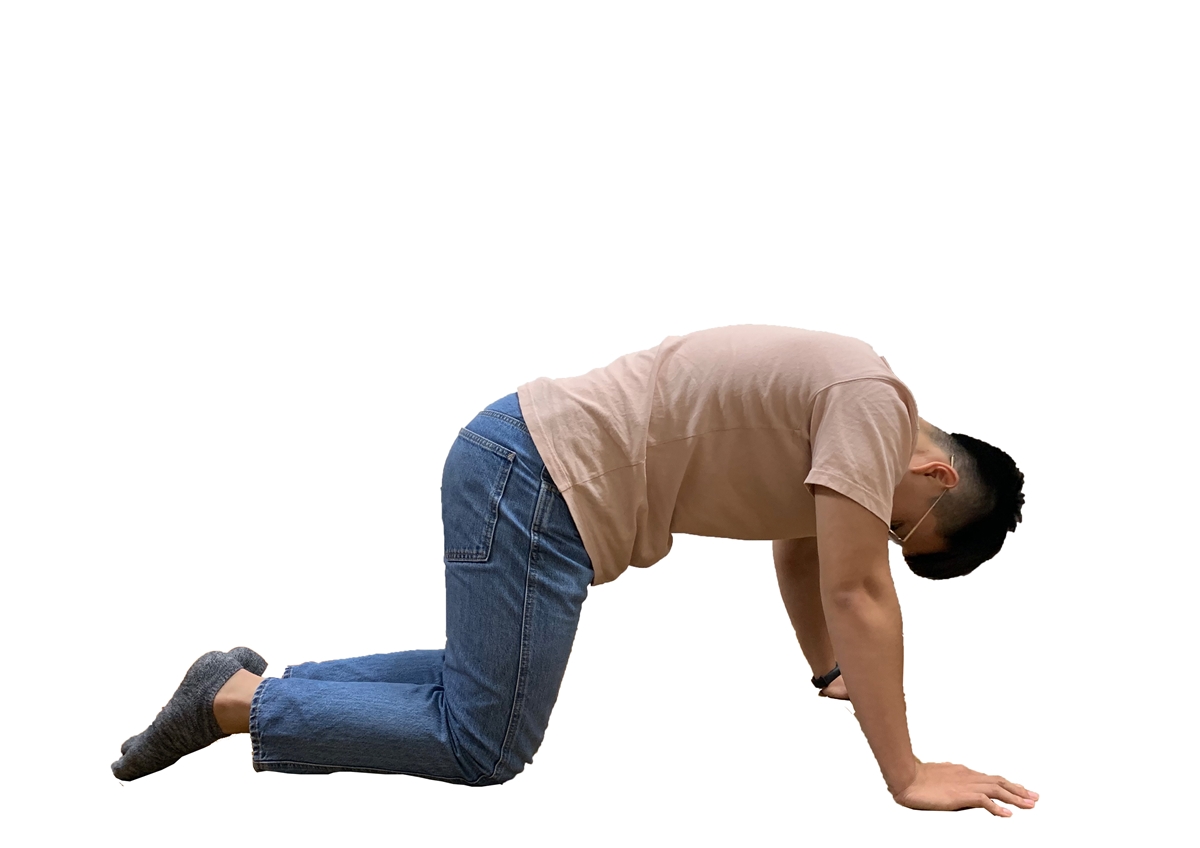Idiopathic scoliosis occurs most frequently in adolescents aged 10-17 years, and causes of scoliosis are unknown in 80% of cases. The disorder’s severity is defined with the Cobb angle (a measure of the curvature) based on the position of scoliosis, the extent of the lateral curvature, and the angle of rotation of the vertebrae, as seen on the X-ray. A Cobb angle of 10 degree is regarded as a minimum angulation to define scoliosis. The spine will be twisted in all three planes. As seen from the back, it bends sideways; from the side is a change of physiological curvatures (the back originally bent rearward becomes flat, while the upper waist originally slightly bent inwards curves rearward); from the top of the head, the chest or waist is twisted relative to the shoulder. However, curves between 10 and 25 degrees need to be traced and require targeted scoliosis exercise programs, those between 25 and 45 degrees need to be treated with bracing and targeted scoliosis exercise programs, and surgical treatment is recommended for the Cobb angle above 45 degrees.
Precautions
- The risk of worsening scoliosis is associated with age. If scoliosis is found before the patient begins to grow, the risk of worsening scoliosis is high.
- In adolescence, the bone is still developing, the risk of deterioration is high, while the chance of improving an abnormal lateral curvature is also high; if the growth and development is near the end, the risk of deterioration is low, but the chance of improving an abnormal lateral curvature is limited.
- If left untreated, increased lateral curvature may lead to future problems such as dyspnea and cardiac compression.
- Patients with scoliosis may be deficient in vitamin D and have low bone density. Appropriate vitamin D supplements or foods containing vitamin D (e.g. salmon, edible mushrooms) are recommended.
- Pay attention to bad posture, such as hunched position, cross-legged sitting, and carrying a heavy schoolbag (more than 10% of the body weight), which will make the physiological curvature of the waist disappear and aggravate scoliosis.
- Stretching exercise:
Lie on your side (the convex curvature is below, the concave is above, and place a bundle of towels on the sharp end of the curve to eliminate the curve) with the upper arms extending and stretching over your head. Do it at least 20 seconds each time, repeat it 5 times and 3 cycles a day.

- Cat-camel exercise:
Get on your hands and knees on the floor. Raise your head and tailbone first, sink your lumbar navel near the floor, and tilt your pelvis forward to increase the curvature of the lumbar spine. Arch your back step by step, pushing the lumbar spine and the navel toward the ceiling. Move back and forth 3-5 times and repeat for 5 reps and 3 cycles a day.
Basic
 exercise:
exercise:
Targeted scoliosis exercise programs:
- Corrective exercise:
General exercise is less effective in improving scoliosis. It must be aimed at the type of scoliosis, improving physiological curvatures, including counter-rotational breathing, and make it easier for the patient to follow at home.

- An exercise program should be made according to the direction of scoliosis. For details, please contact the rehabilitation clinic.

